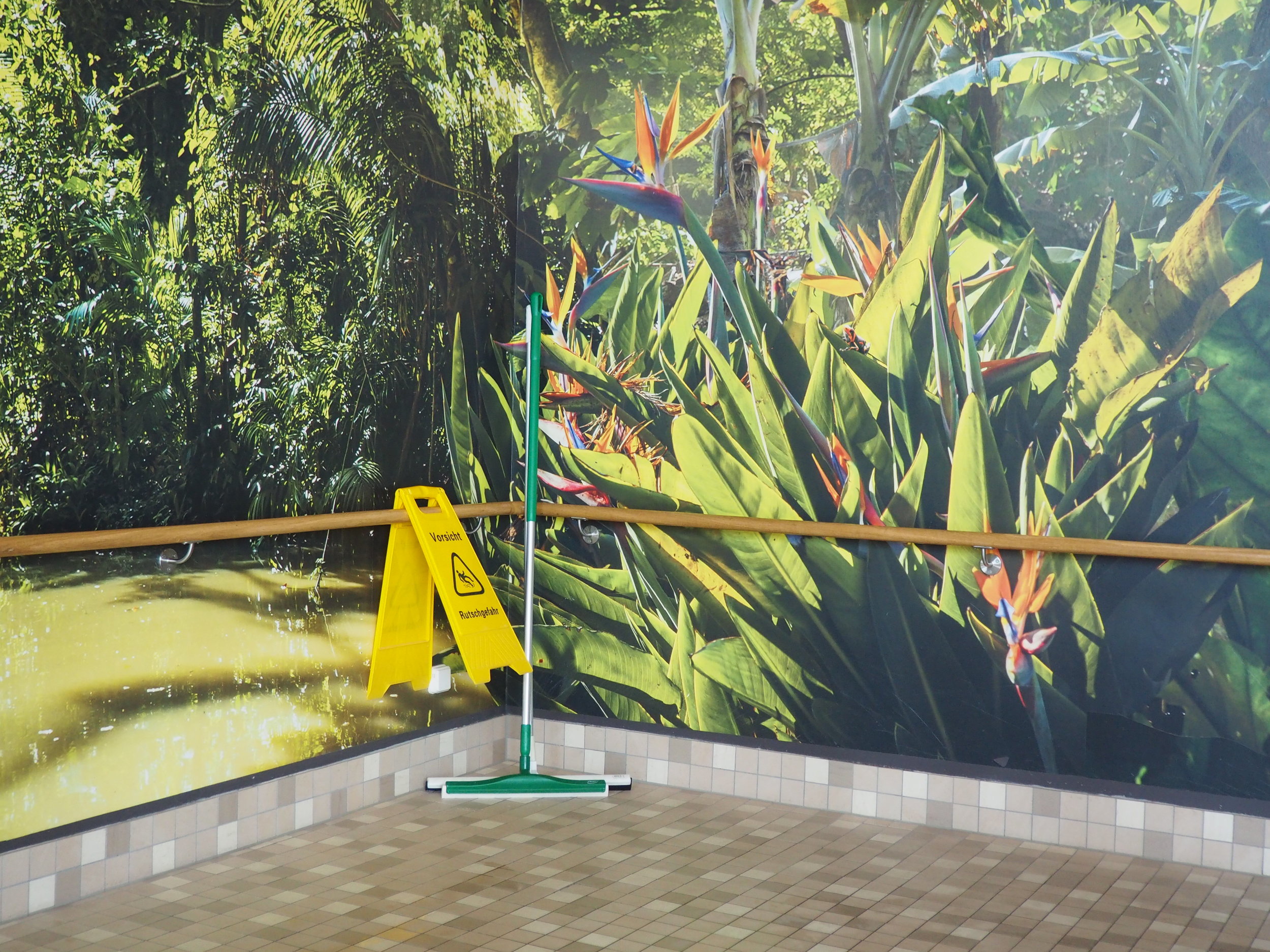Tropical Islands: or, how the architectural interior became a primary site of aesthetic mediation
Featured in Log Magazine, Issue 45 (Spring 2019)
For three days and two nights, I was a guest at the Tropical Islands Resort, the world’s largest indoor water park. While inside, I ate the special at every one of its restaurants, drank every signature cocktail advertised, explored its perimeter in a hot-air balloon, went on all the water slides (twice), lounged in front of and within every water feature, slept in a canvas tent the first night and a junior suite the second.
During my stay, the Houston metropolitan area was suffering the worst of Hurricane Harvey, the first tropical cyclone of the abnormally active 2017 Atlantic hurricane season. The floods led to the widespread loss of electricity, the death of over 106 residents, and the incurment of over $125 billion in damage. During its peak, Hurricane Harvey was the top story of several American news outlets.
But I had only learned about Hurricane Harvey after leaving the Tropical Islands Resort, stopped at a red light and scrolling through my news feed for the first time in days. For three days and two nights, I was in a bubble.
This research and photography project considers The Tropical Islands Resort as a site of aesthetic mediation, equally as mediating as any other form of popular media. The parallel histories of its precedents – including greenhouses, world’s fairs, theme parks, bunkers and experiments in social ecology – reveal a crucial link between architectural interiority and the public response to some of the greatest challenges facing contemporary society.
Hidden Maintenance, Revealed.
Above the World Condenser
Through Services
The Third Component of Aesthetic Mediation
Tahiti in Krausnick








